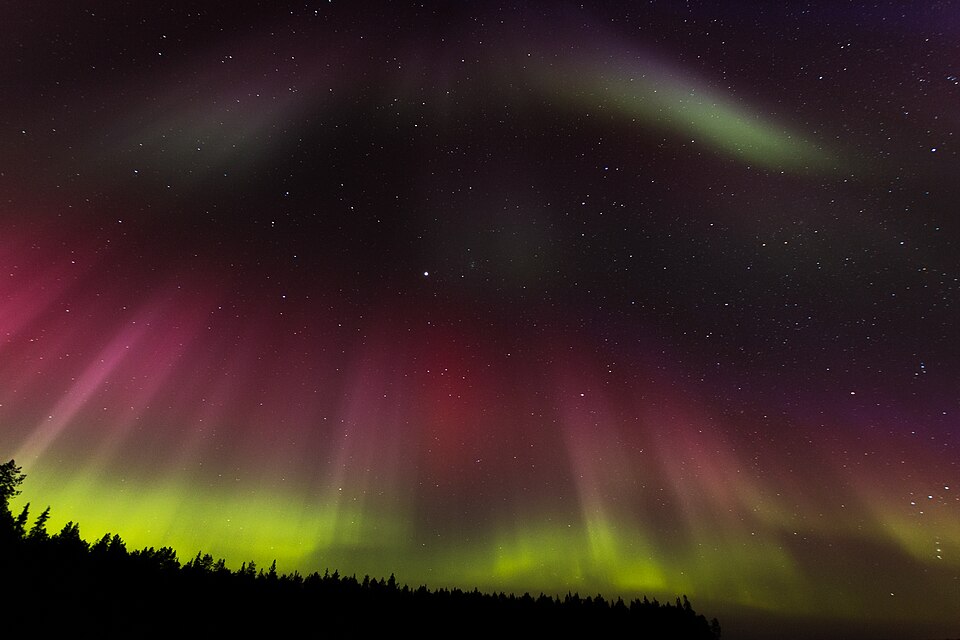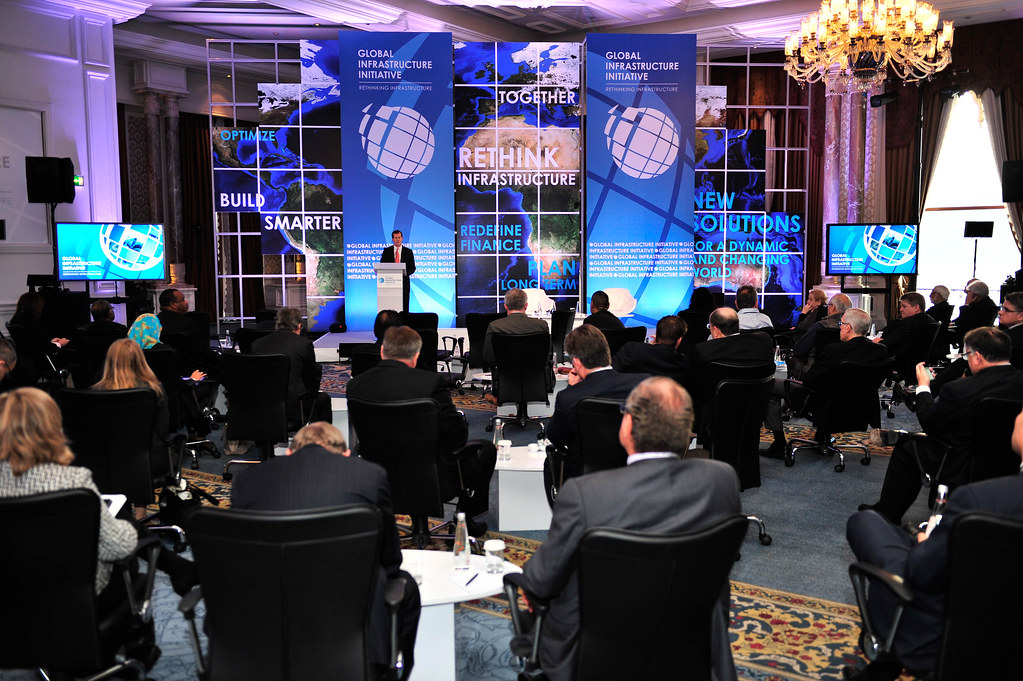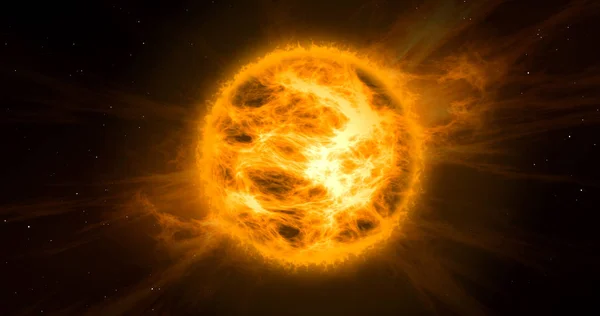
According to astronomers, Earth is about to be hit by one of the most powerful solar storms in decades a very rare “solar storm tsunami” fueled by something called a cannibal CME. This takes place when multiple coronal mass ejections, huge bursts of plasma and magnetic fields from the Sun, combine on their way toward Earth and increase their impact. The current wave is being pushed by a number of X-class flares emanating from sunspot AR4274, including an unusual X5.0 eruption moving at as high as 1,000 km/s.

1. The Cannibal CME Effect
In a cannibal CME, a faster eruption catches up and overtakes a slower one in front of it, merging their energy into a single, more destructive front. As Dr. Steph Yardley said, “They all pile up behind each other, so you get this compound effect.”

That compounding can push geomagnetic storm intensity from moderate G2 levels to severe G4 or even extreme G5 on NOAA’s five-step scale. Already, the event has caused minor radio blackouts over Europe and Africa, and forecasters anticipate its full force to arrive within hours.

2. Implications for Contemporary Infrastructure
Geomagnetic storms can destroy satellites, disable GPS systems and radio communications, and induce currents in long-distance power lines, in turn causing transformer saturation, voltage instability, and blackouts. History underlines this A 1989 blackout left six million people without electricity for nine hours in Quebec the 2003 Halloween storms produced voltage surges that wreaked widespread damage in Scandinavia and Canada. A Carrington-level storm would spur continent-wide outages today, crippling hospitals, water supplies, and financial networks for weeks.

3. Lessons from History
The Carrington Event of 1859 remains the strongest recorded geomagnetic storm, bringing auroras as far south as Hawaii and setting telegraph lines ablaze. But studies of ancient tree rings and ice cores have unearthed Miyake events solar particle blasts at least ten times stronger than Carrington that have struck in the past 15,000 years. A similar event today would have consequences beyond anything our technology-dependent society has ever seen, destroying satellites and disabling electronics.

4. The Science Behind the Storm
The Sun is now at the peak of its 11-year solar cycle-a phase called solar maximum-when eruptions are more frequent and intense. The charged particles from CMEs interact with Earth’s magnetic field, funneling toward the poles, colliding with atmospheric gases and producing auroras. This week’s storms have already brought the Northern Lights as far south as Alabama, Texas, and northern Spain-a rare spectacle that also signals heightened geomagnetic activity.

5. Early Warning Systems and Advances
Space-weather forecasting has improved enormously NOAA’s Space Weather Prediction Center and NASA’s Parker Solar Probe yield a better understanding of the solar emissions themselves and their tracks through space. AI systems, like DAGGER, are even beginning to predict geomagnetic storms up to 30 minutes in advance, time that is critical for operators to take protective measures with power grids and satellites. That said, experts like Nour Rawafi caution, “our space weather predictions are about 50 years behind” terrestrial weather forecasting, and we should urgently deploy constellations of satellites around the Sun for continuous monitoring.

6. Technology and Infrastructure
Protection Protective measures range from hardening transformers against geomagnetically induced currents and designing satellites with radiation-resistant electronics, to providing redundancy for emergency power systems. After the 1989 blackout, Quebec invested more than US$1 billion in fortifying its grid. Comparable investments worldwide could reduce the most disruptive impacts of any future storms. The British Geological Survey currently ranks geomagnetic storms among the highest hazards in the UK’s National Risk Register-a list that guides national contingency planning efforts.

7. The Global Risk Landscape
Its impact would vary further in different parts of the world, depending on how the grid was designed, on the geology, and proximity to the poles. North America, northern Europe, and parts of Australia are particularly vulnerable. Places like urban corridors from Washington, D.C. to New York City may be at compounded risks because of population density, with a high concentration of critical infrastructure. Moreover, international cooperation-as called for by the ITU-is key in building resilience and facilitating rapid responses in case such events occur.

As the tsunami of the solar storm approaches, the world stands at a crossroads between vulnerability and resilience. Yet, the dazzling auroras it may bring are but a reminder of the Sun’s beauty-but also its power to disrupt life on Earth. Still, scientists emphasize that knowing an event is coming allows grids and satellites to take mitigation actions. The challenge now is to act boldly, invest in protective technologies, and ensure that when the next great storm arrives, humanity is ready to withstand it.


